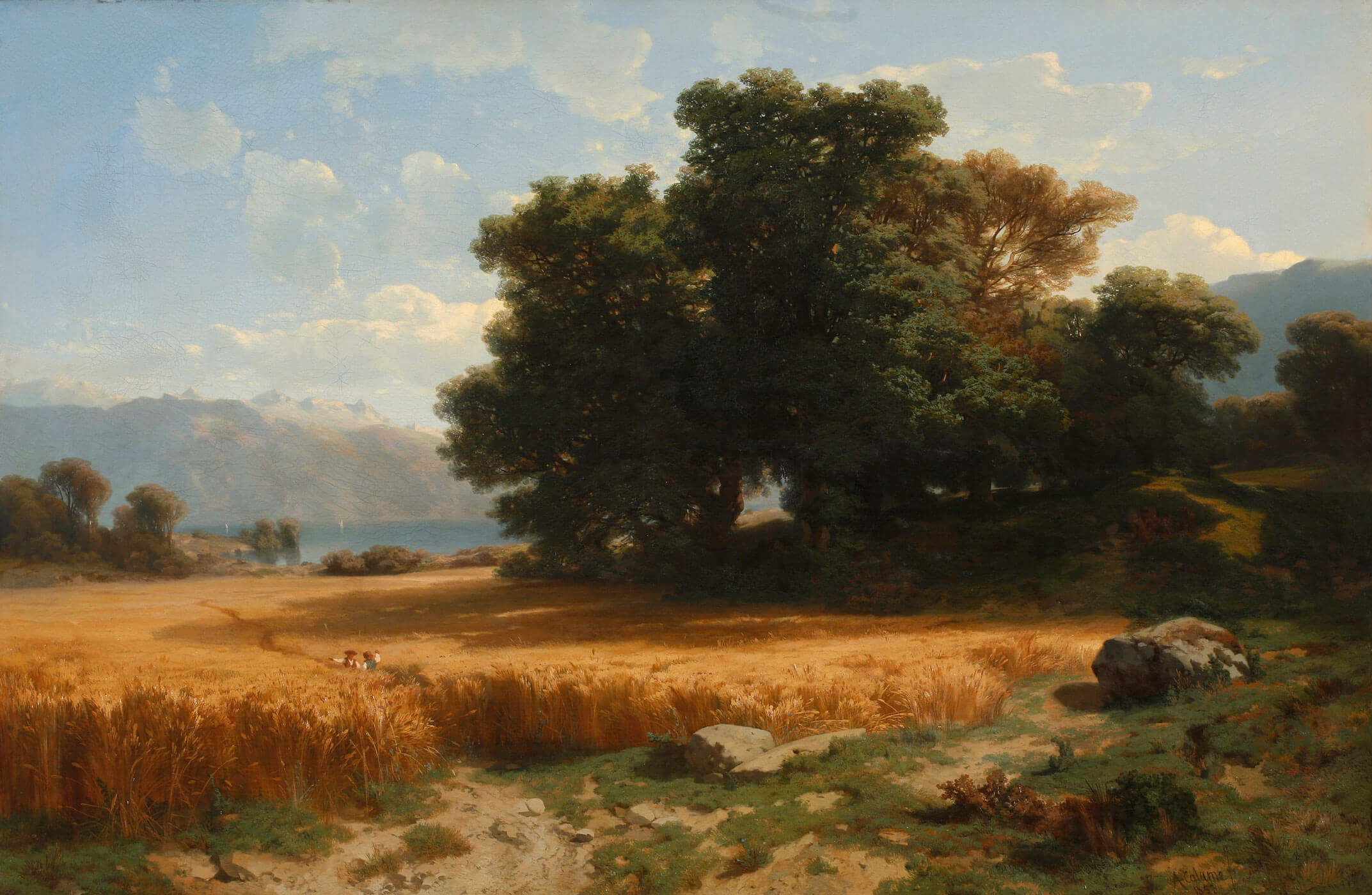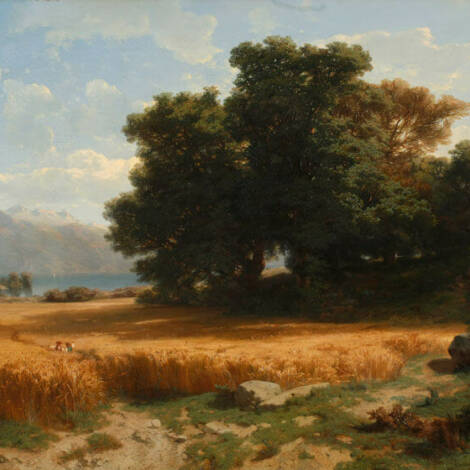schön?!
Ästhetische Betrachtung der Sammlung
With Cuno Amiet, Albert Anker, August Babberger, Gustave François Barraud, Louis Béroud, Jakob Bill, Max Bill, Arnold Böcklin, James Lee Byars, Alexandre Calame, Antonio Calderara, Raoul Dufy, Hans Emmenegger, Johann Heinrich Füssli, Augusto Giacometti, Giovanni Giacometti, Anton Graff, Leopold Häfliger, Ferdinand Hodler, Shara Hughes, Irma Ineichen, Johannes Itten, Verena Loewensberg, Claude Loewer, Richard Paul Lohse, Jenny Losinger-Ferri, Olivier Mosset, Ugo Rondinone, Nelly Rudin, Hans Schärer, Albrecht Schnider, Sonja Sekula, Chaïm Soutine, Hans Stalder, Johann Gottfried Steffan, Christine Streuli, Félix Vallotton, Ludwig Vogel, Hannes Vogel, Shizuko Yoshikawa, Gilberto Zorio, Robert Zünd, a.o., colour concept Hubert Hofmann
What is beautiful? An idyllic landscape, a perfect body, a child’s rosy-cheeked face or an abstract colour tone? Is good art beautiful? Does an objective beauty exist at all? Or is it a matter of taste?
Sometimes people write in our visitors’ book that they would like to see “more beautiful art”. The collection exhibition outlines a small history of aesthetics with reference to different epochs and styles. What is beautiful for one person, can be repellent for another. What is regarded as beautiful depends on the cultural, social and societal background. Not only does the idea of beauty constantly change, the relationship between beauty and art does so too. For a long time, art was supposed to teach and to adorn. With modernism, however, the close relationship between beauty and art is no longer taken for granted, on the contrary. Beautiful art is suspected of being more pleasing than profound.
The exhibition does not illustrate a historical development, rather it addresses different ideas and invites visitors to get involved in the discussion.
Opening
Friday, 07.03., from 18 Uhr
curated by Alexandra Blättler
Here you can find the media release and media images of the exhibition.








